Aleppo pepper tastes like a sophisticated balance of woodsy smoke, dried fruit sweetness (reminiscent of sun-dried tomatoes), and citrus brightness—all delivered with medium heat that builds gradually. Unlike generic chili flakes, it offers layered complexity where no single note dominates, making it perfect for enhancing dishes without overwhelming heat.
If you've been searching for the authentic Aleppo pepper flavor profile, you've found the definitive guide. This vibrant brick-red spice from the Middle East delivers distinctive culinary benefits that transform ordinary dishes into extraordinary experiences. In this guide, you'll discover exactly what makes Aleppo pepper unique, how to use it properly, where to buy authentic products, and why many commercial versions fall short of true flavor.
Table of Contents
- What Is Aleppo Pepper?
- Flavor Profile: What Does Aleppo Pepper Taste Like?
- How Hot Is It on the Scoville Scale?
- Culinary Uses & Tips for Using Aleppo Pepper
- Aleppo vs Other Peppers: How Does It Compare?
- Where to Buy Authentic Aleppo Pepper (and Substitutes)
- Storing Your Aleppo Pepper Properly
- The Geopolitical Impact on Flavor Authenticity
- Health Benefits of Aleppo Pepper
- Little-Known Facts About Aleppo Pepper
- Frequently Asked Questions
What Is Aleppo Pepper?
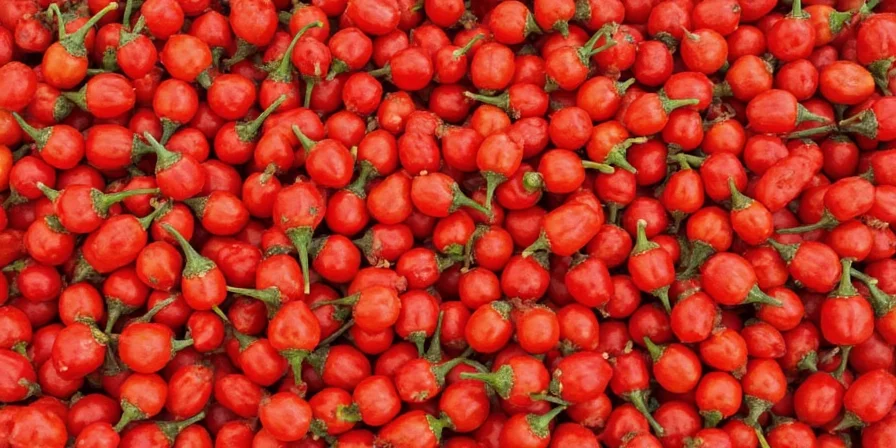
Aleppo pepper originates from Syria's agricultural regions surrounding the city of Aleppo. Traditionally, ripe peppers undergo sun-drying followed by crushing into coarse flakes. The authentic process involves coating with olive oil during drying to preserve color and prevent disintegration—a technique distinguishing it from generic chili flakes.
This method yields deep red flakes with balanced heat, fruity aroma, and subtle smokiness. While often confused with Turkish pul biber, genuine Aleppo pepper uses a specific Capsicum annuum cultivar grown in particular terroir, creating its signature complexity.
Flavor Profile: What Does Aleppo Pepper Taste Like?
Now that you know what it is, let's get to the heart of what you're searching for: Aleppo pepper delivers a distinctive taste profile with three primary characteristics:
- Fruity sweetness reminiscent of sun-dried tomatoes and dried cherries
- Citrus brightness that adds dimension without acidity
- Subtle smokiness with a medium heat level that builds gradually
Unlike one-dimensional chili flakes, Aleppo offers layered complexity where no single note dominates. The heat registers between 7,500–30,000 Scoville units—milder than cayenne but with more flavor depth than paprika.
How Hot Is It on the Scoville Scale?

Aleppo pepper ranges from 7,500–30,000 SHU depending on origin and processing. This explains why your experience might differ from online descriptions:
| Pepper Type | Scoville Heat Units (SHU) |
|---|---|
| Jalapeño | 2,500 – 8,000 |
| Aleppo Pepper | 7,500 – 30,000 |
| Cayenne Pepper | 30,000 – 50,000 |
| Habanero | 100,000 – 350,000 |
Understanding this range is crucial when substituting in recipes. Turkish/Lebanese versions typically register at the lower end (7,500–15,000 SHU), while vintage Syrian stocks reach up to 30,000 SHU.
Culinary Uses & Tips for Using Aleppo Pepper
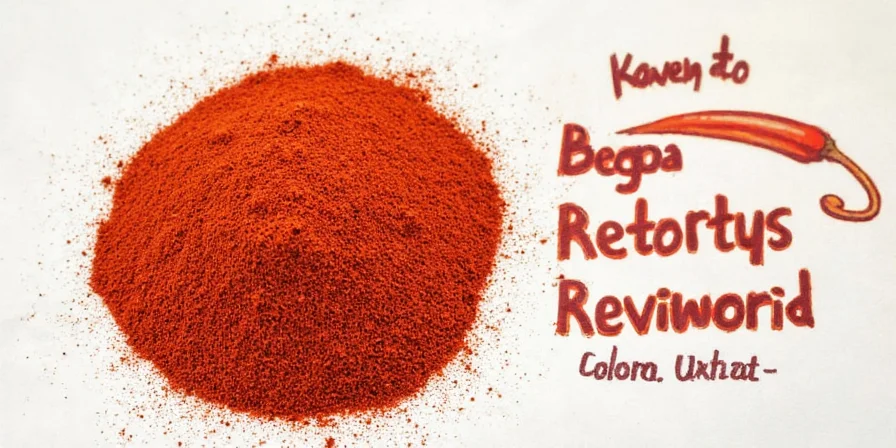
Maximize flavor impact with these chef-developed techniques that home cooks can easily implement:
- Temperature-sensitive application: Add during last 2 minutes of cooking to preserve volatile citrus compounds
- Oil infusion method: Combine 1 tsp flakes with 2 tbsp olive oil; let steep 24 hours for dressings
- Meat enhancement: Mix with sumac and olive oil for lamb chops (ratio: 2:1:3)
- Unexpected applications: Sprinkle on watermelon with feta, or in chocolate mole sauce
- Heat calibration: For consistent results, always toast before use (30 seconds dry pan)
Avoid pairing with strongly acidic ingredients (lemon/vinegar) which mute its citrus notes—add acid first, then finish with pepper.
Aleppo vs Other Peppers: How Does It Compare?
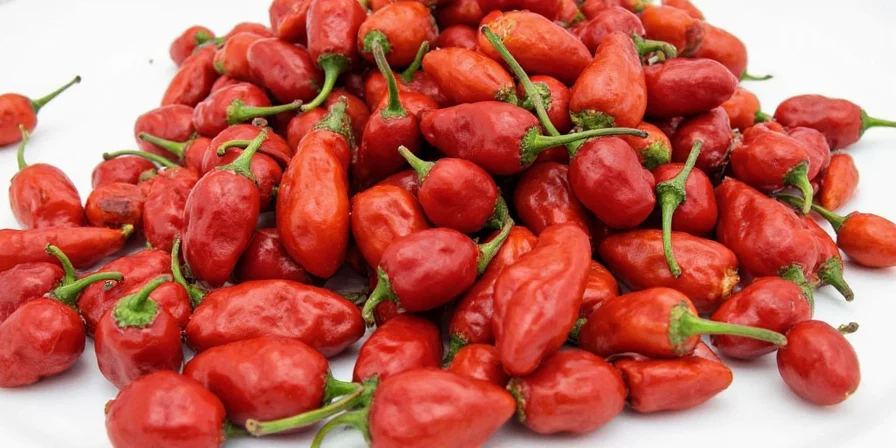
| Pepper | Heat Level | Flavor Notes | Best Used In |
|---|---|---|---|
| Aleppo | Moderate | Smoky, sweet, citrusy | Meat rubs, dips, Mediterranean dishes |
| Paprika | Mild | Sweet, earthy, vegetal | Goulash, deviled eggs, paella |
| Cayenne | Hot | Sharp, peppery, bitter | Hot sauces, Cajun dishes, soups |
| Ancho | Mild-Moderate | Fruity, chocolate-like | Mole sauces, stews, enchiladas |
| Chili Flakes (Generic) | Varies | Bitter, sharp, inconsistent | Pizza, pasta, roasted veggies |
Key differentiator: Aleppo's flavor develops gradually with cooking, unlike generic chili flakes which deliver immediate heat with diminishing flavor. This makes it superior for complex dishes requiring layered seasoning.
Where to Buy Authentic Aleppo Pepper (and Substitutes)
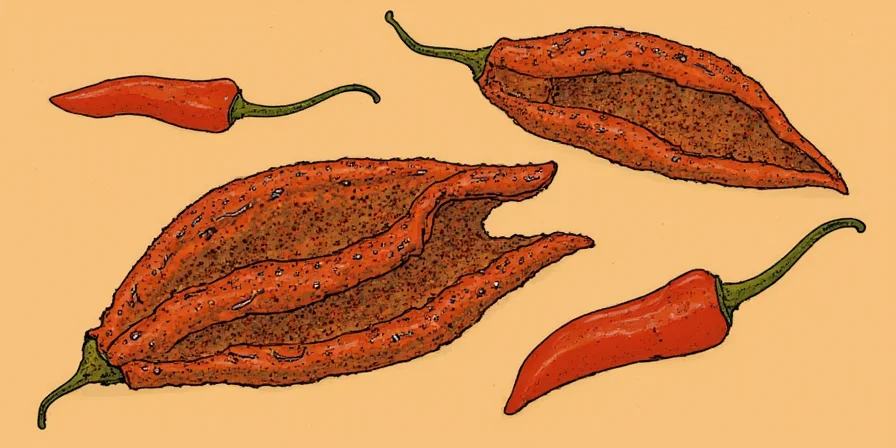
For authentic product, seek Middle Eastern grocers or specialty online retailers like Kalustyan's or Ziyad Brothers. Verify quality by checking for:
- Bright crimson color (dull brown indicates age)
- Visible oil sheen on flakes
- Minimal dust at container bottom
When substitutions are necessary:
- Best replacement: 1 part ancho powder + 1 part smoked paprika + pinch of lemon zest
- Quick solution: Marash pepper (Turkish variety with similar profile)
- Avoid: Regular chili flakes—they lack the citrus dimension and have inconsistent heat
Storing Your Aleppo Pepper Properly
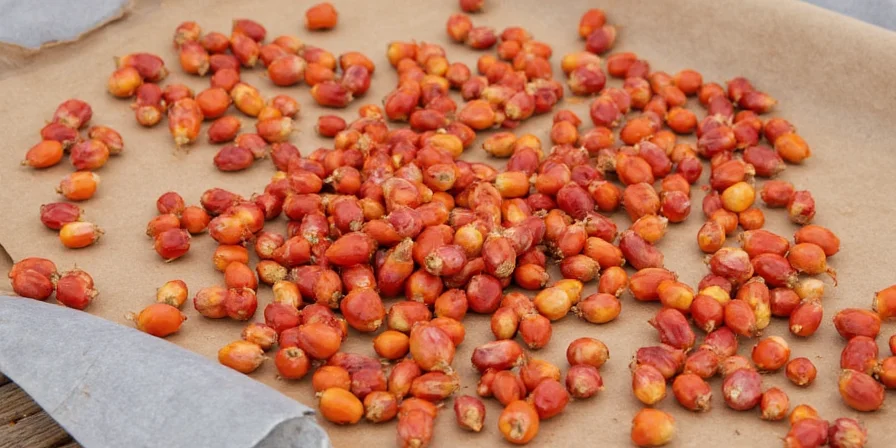
Preserve flavor integrity with these storage protocols:
- Use amber glass containers to block light exposure
- Store below 70°F (21°C)—refrigeration causes moisture damage
- Replace every 9 months (significantly shorter than generic spices)
- Never store near stove or sink—humidity destroys volatile compounds
Test freshness by rubbing between fingers: should release immediate citrus aroma. If scent is faint or musty, discard.
The Geopolitical Impact on Flavor Authenticity
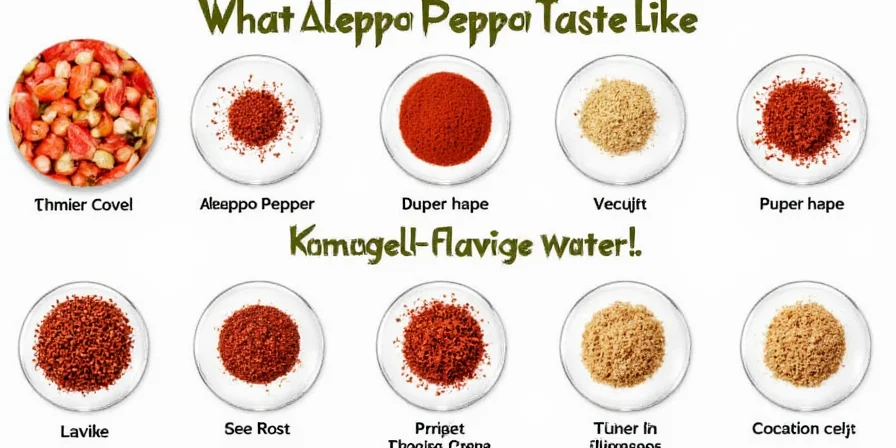
The Syrian civil war fundamentally altered Aleppo pepper's landscape. Pre-2011, 90% came from Syria's fertile Aleppo region, where unique soil composition contributed to its characteristic citrusy-sweet notes. Current supply primarily originates from Turkey and Lebanon, where displaced farmers recreated production methods.
Key implications for consumers:
- Flavor variation: Turkish/Lebanese versions often lack the original's nuanced sweetness due to different soil mineral content
- Authenticity markers: Look for "single-origin" labeling and verify suppliers through Middle Eastern specialty distributors
- Price indicators: Genuine Syrian-grown (when available) commands 30-50% premium due to scarcity
Health Benefits of Aleppo Pepper
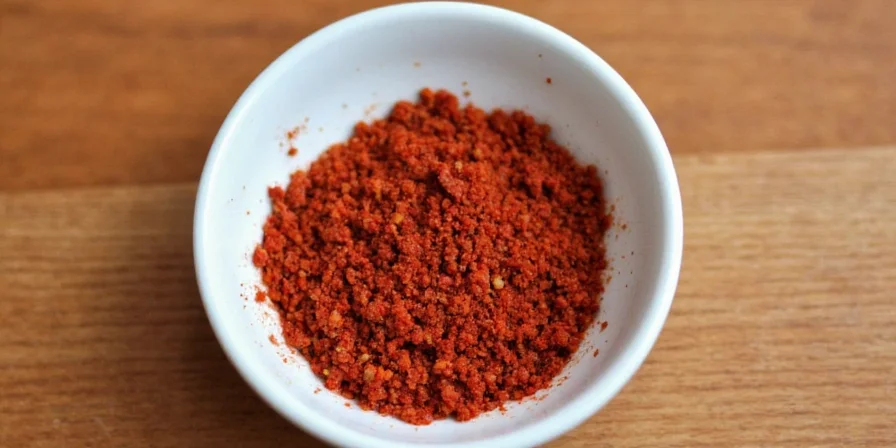
As a sun-dried fruit product, Aleppo pepper retains significant nutritional value:
- Vitamin C concentration: 2x higher than bell peppers due to drying process
- Antioxidant profile: Contains unique capsinoids with 3x the oxidative stability of fresh chilies
- Digestive support: Gentle heat stimulates digestive enzymes without irritation
- Metabolic effect: Capsaicinoids may support healthy metabolism at culinary doses
Unlike processed spice blends, pure Aleppo pepper contains no additives—making it suitable for clean-eating diets.
Little-Known Facts About Aleppo Pepper
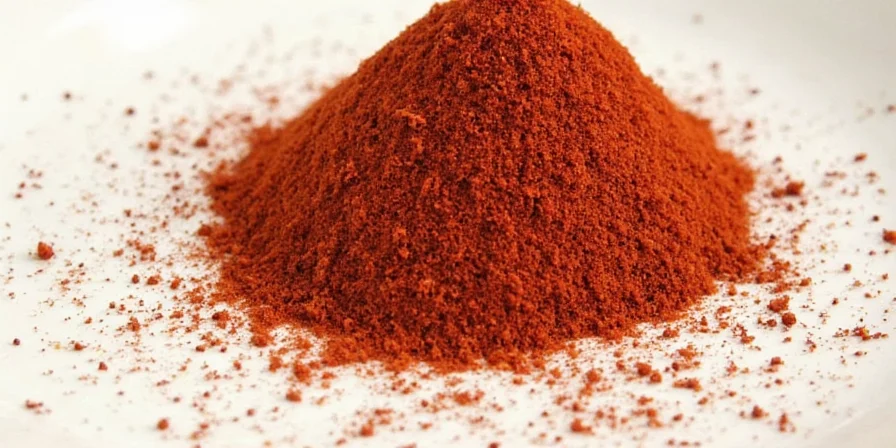
- Traditional production involves spreading peppers on flat roofs for 30 days of sun-drying
- The oil coating prevents static cling during handling while preserving flavor
- Chefs use it as finishing salt alternative in Michelin-starred restaurants
- Its flavor changes seasonally—autumn crops have deeper sweetness
- Authentic varieties contain trace minerals from Aleppo's volcanic soil
Frequently Asked Questions
What does Aleppo pepper taste like compared to paprika?
Aleppo pepper has a more complex flavor than paprika with noticeable citrus notes and moderate heat (7,500-30,000 SHU), while paprika is milder (500-1,000 SHU) with sweet, earthy notes but no citrus dimension. Aleppo provides both flavor depth and gentle heat that paprika lacks.
Why does my Aleppo pepper taste bitter?
Bitterness indicates either excessive heat exposure during storage or over-toasting. Authentic product should never taste bitter—discard if this occurs as flavor compounds have degraded. Proper storage in amber glass away from heat and moisture preserves the characteristic citrusy-sweet flavor.
Can I substitute Aleppo pepper in baking?
Yes, but use half the amount. Its fruity notes complement chocolate and spice cakes beautifully. For brownies, add 1/4 tsp to dry ingredients—creates subtle warmth without heat perception. This makes it ideal for adding complexity to desserts where you want flavor without noticeable spice.
How to identify authentic Aleppo pepper?
Look for bright crimson color with visible oil sheen, minimal dust at container bottom, and a strong citrusy aroma when rubbed between fingers. Authentic products come from specialty Middle Eastern grocers or reputable online spice merchants, not mainstream grocery stores. Single-origin labeling and higher price points (30-50% more than generic options) are also indicators of authenticity.
Conclusion
Aleppo pepper delivers a sophisticated balance of smoky depth, citrus brightness, and moderate heat that transforms ordinary dishes into extraordinary experiences. By understanding its distinctive flavor profile and proper usage techniques, home cooks can consistently achieve restaurant-quality results without needing rare or expensive ingredients.
Prioritize freshness and authenticity when purchasing, store properly to preserve flavor compounds, and apply temperature-sensitive usage methods to maximize the citrus notes that make this spice unique. Whether you're making Mediterranean dishes or experimenting with new flavor combinations, Aleppo pepper deserves permanent placement in your culinary arsenal as a foundational flavor enhancer.

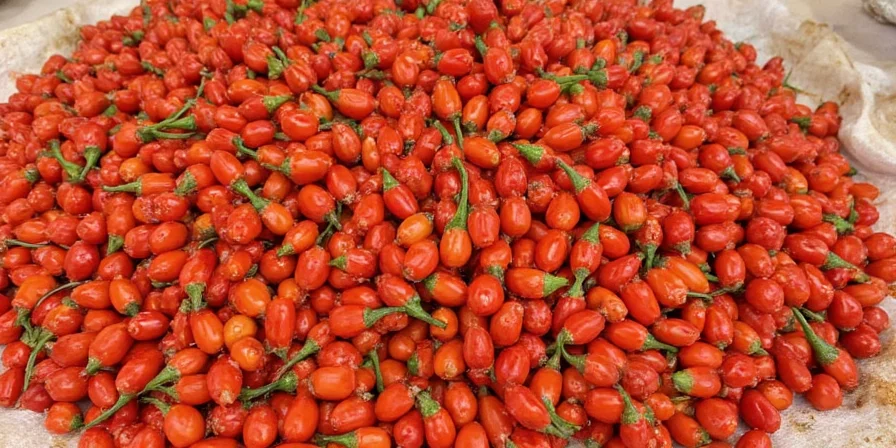









 浙公网安备
33010002000092号
浙公网安备
33010002000092号 浙B2-20120091-4
浙B2-20120091-4